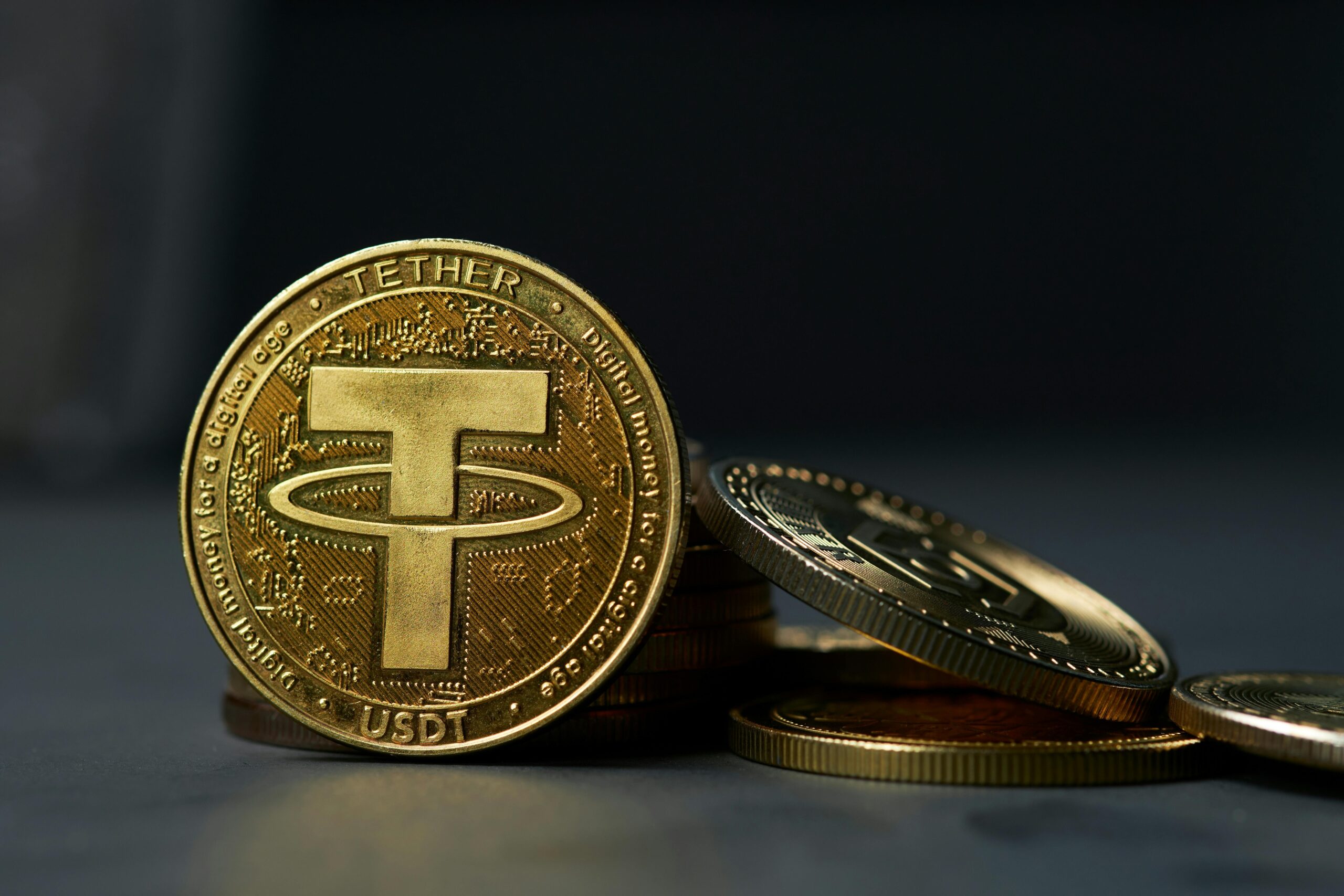Bitcoin and Tether (USDT), two titans in the cryptocurrency world, often move in tandem, yet their relationship is far from straightforward. Understanding the dynamics of bitcoin USDT is crucial for anyone navigating the volatile landscape of digital assets. This analysis will explore the intricate correlation between these two, examining its implications for both seasoned traders and newcomers alike.
Deciphering the Bitcoin USDT Correlation: A Complex Dance
The relationship between Bitcoin’s price and USDT’s stability isn’t always as clear-cut as some might assume. While USDT, a stablecoin pegged to the US dollar, aims for a 1:1 ratio, market forces and events can significantly impact its price. This, in turn, can influence the Bitcoin price, creating a feedback loop that’s both fascinating and potentially risky. One thing to keep in mind is the sheer volume of Bitcoin traded using USDT; this makes the relationship even more intertwined.
Understanding the Mechanisms of Influence
Several factors contribute to the observed correlation. Firstly, a significant portion of Bitcoin trading occurs on exchanges using USDT as the primary trading pair. Increased USDT demand often correlates with increased Bitcoin trading activity, pushing up both prices simultaneously. Conversely, periods of uncertainty or doubt regarding USDT’s stability can lead to sell-offs, impacting both Bitcoin and the stablecoin itself. Furthermore, major market events – like regulatory announcements or macroeconomic shifts – often trigger simultaneous price movements in both assets.
Navigating Volatility: Strategies for Bitcoin USDT Trading
The volatile nature of the Bitcoin USDT pairing necessitates a cautious approach to trading. Simply chasing price movements based on perceived correlations can be highly risky. Instead, a more nuanced strategy is required.
Risk Management is Paramount
It’s crucial to establish robust risk management practices. This includes defining clear entry and exit points, setting stop-loss orders to limit potential losses, and diversifying your portfolio to reduce exposure to a single asset or pair. In my experience, over-leveraging in this volatile market is a recipe for disaster.
Analyzing Technical and Fundamental Factors
Successful trading requires a combination of technical and fundamental analysis. Technical analysis involves studying price charts and indicators to identify trends and patterns. Fundamental analysis considers broader market factors, such as regulatory developments and macroeconomic conditions, that can influence the price of Bitcoin and USDT. A holistic approach that integrates both aspects provides a more accurate prediction of market direction.
USDT’s Role in the Broader Crypto Ecosystem: Beyond Bitcoin
USDT’s significance extends far beyond its correlation with Bitcoin. It serves as a crucial bridge between the fiat world and the crypto market, enabling easier entry and exit for investors. Its use as a stable base for trading numerous other cryptocurrencies further amplifies its influence within the ecosystem. However, this widespread adoption also highlights the systemic risks associated with the stability of a single stablecoin.
The Implications of Stablecoin Dominance
The dominance of USDT within the stablecoin market warrants careful consideration. While it provides liquidity and facilitates trading, its centralized nature raises concerns about transparency and potential manipulation. The emergence of decentralized stablecoins aims to address these issues, offering a potentially more robust and resilient alternative. It’s interesting to note that the future of the crypto landscape may depend, in part, on the evolution of stablecoins like USDT.
The Future of Bitcoin USDT Dynamics: Predictions and Considerations
Predicting the future trajectory of the Bitcoin USDT relationship is, of course, impossible with complete certainty. However, several factors suggest a continued, albeit potentially fluctuating, correlation. The sheer volume of Bitcoin traded using USDT is likely to remain significant, ensuring a continued link between the two.
Regulatory Scrutiny and its Impact
Increased regulatory scrutiny of stablecoins could significantly impact the Bitcoin USDT dynamic. Stringent regulations could limit the use of USDT, potentially reducing its influence on Bitcoin’s price. This is a crucial factor to monitor in the coming years.
Exploring Alternative Stablecoins
The rise of alternative stablecoins, especially decentralized options, might gradually dilute USDT’s dominance. This shift could potentially reduce the correlation between Bitcoin and USDT, creating a more diversified and less predictable market.
Final Thoughts: A Cautious Approach is Key
The Bitcoin USDT pairing presents both significant opportunities and considerable risks. While their price movements often correlate, understanding the underlying mechanisms, managing risk effectively, and staying informed about broader market trends are paramount. Navigating this complex relationship requires a nuanced approach, combining technical expertise with a keen awareness of the broader economic and regulatory landscape. Don’t underestimate the importance of careful analysis and diligent risk management when venturing into the world of bitcoin USDT trading.
